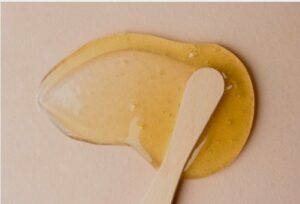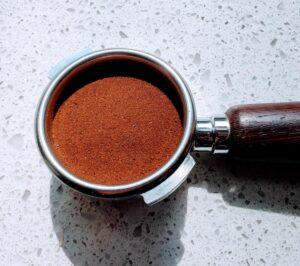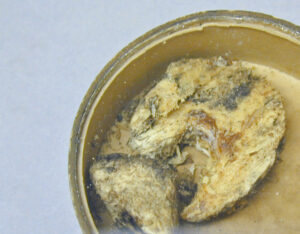Makeup has been around for several hundreds of years, the earliest records date back to around 3000 BC when ancient Egyptians used natural products such as soot to enhance their looks. Just like how a peacock shows off his feathers, women can show off their features as well to convince the opposite gender that they are a great choice for a mate. Makeup helps to exaggerate or even fully fabricate signs of fertility and sexual availability, thus making them seem more appealing. A researcher at Gettysburg College in Pennsylvania discovered that the darker the eyes are in relation to the rest of the face, the more attractive a woman appears – thus eye makeup such as eyeliner comes in handy to make eyes seem larger and more youthful (Wilcox, 2010)! Furthermore, cosmetics are luxury items that are designed to make the user feel better, irrespective of whether they have lasting impacts on the skin (Sinclair, 1999). Numerous natural substances have been used in history as makeup. Read along further to see some of the odd beauty products throughout history that humans have used and some are still in beauty products used today!
1) Wax
Wax is a common ingredient in many face, body, and hair products used today. However, people in ancient Egypt used wax more creatively, such as sticking a cone of scented ointment on top of their head, which would melt over time from their body heat, to give off a pleasant scent.
2) Carmine
Carmine is a vibrant red dye from the carminic acid that cochineal bugs produce. These bugs can be found predominately in the cacti in places like Chile, Mexico, and Peru. Carmine is a common ingredient in makeup products such as eyeshadow and lipstick.
3) Guanine
Guanine is a substance made from fish scales and guano (which are the excrements of sea birds and bats)! The crystals from guanine refract light in a pearly, shiny way, which gives beauty products such as nail polish, eyeshadow, shampoo, and lotions their glittery look!
4) Londinium Powder
Londinium is a lead-based powder that was used by Japanese women in the Heian era (around A.D. 800-1200), and it was mixed with water to create a thin paste that was applied to their faces. This powder was dangerous to use, for lead is easily absorbed by the body and can lead to severe health problems inlcuding death.
5) Ambergris
Before the 18th century, women and men create ambergris into beads that were worn as aromatic necklaces. Ambergris is a highly flammable, waxy substance with a sweet, earthy aroma. Whales excrete ambergris (A.K.A whale barf), but synthetic ambergris is used today to prevent the slaughter of whales.
Sources:
Sinclair R. (1999). How credible is the science behind cosmetic skin creams?. The Western journal of medicine, 171(1), 35–36.
Editors of Publications International, L. (2007, September 19). 12 odd beauty products throughout history. HowStuffWorks. Retrieved March 9, 2023, from https://lifestyle.howstuffworks.com/style/makeup/face/12-odd-beauty-products-throughout-history.htm




